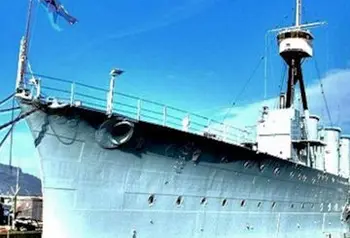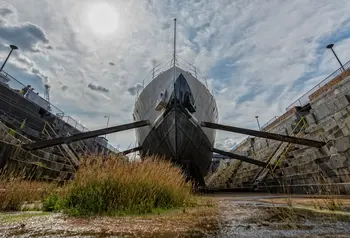Lottery restores last two First World War ships
The First World War is perhaps most widely associated with the harsh conditions endured by soldiers on the muddy battlefields of Belgium and Northern France. However, the vital role played by the sailors of the Royal Navy in the conflict deserves to be much better known.
Lottery funding is now making that a reality. Grants totaling £13million are rescuing, restoring and opening to the public the last two remaining Royal Navy ships from the War – HMS Caroline and HMS M33.
Based in Belfast, HMS Caroline is the last survivor of the 1916 Battle of Jutland, the longest and most strategically important sea battle of the War. She was technologically ground-breaking when she was built and it was her maximum speed of close to 30 knots that enabled the British Navy to respond to the increasing threat of long range torpedo attack on battleships. She will open to visitors in time for the Battle’s Centenary in 2016.
In Portsmouth, HMS M33 will tell the story of the 1915 Gallipoli Campaign which claimed the lives of over 100,000 personnel from around the world. She is the UK’s sole survivor of the Battle. Visitors will be able to find out about her innovative shallow draft which enabled her to get close-in to shore and fire at targets on land. They will also be able to experience first-hand the hideously cramped conditions endured for over three years by the 72 officers and men who lived on board.
Carole Souter, Chief Executive of HLF, said: “As we mark the Centenary of the First World War, people across the UK are learning more about how it changed millions of lives. This Lottery funding will enable future generations to explore the incredibly important, yet often lesser known, role played by those who served in the Royal Navy during this momentous conflict.”
Both projects are being led by the National Museum of the Royal Navy – for more information visit the National Museum of the Royal Navy website.

